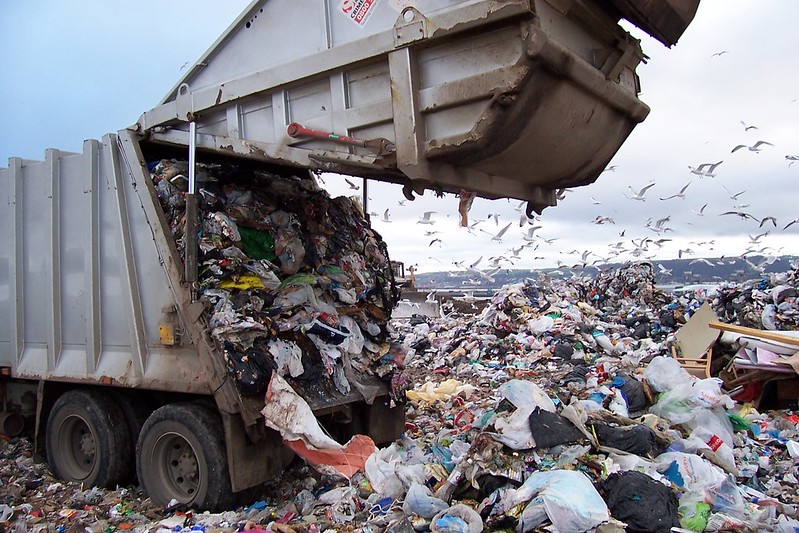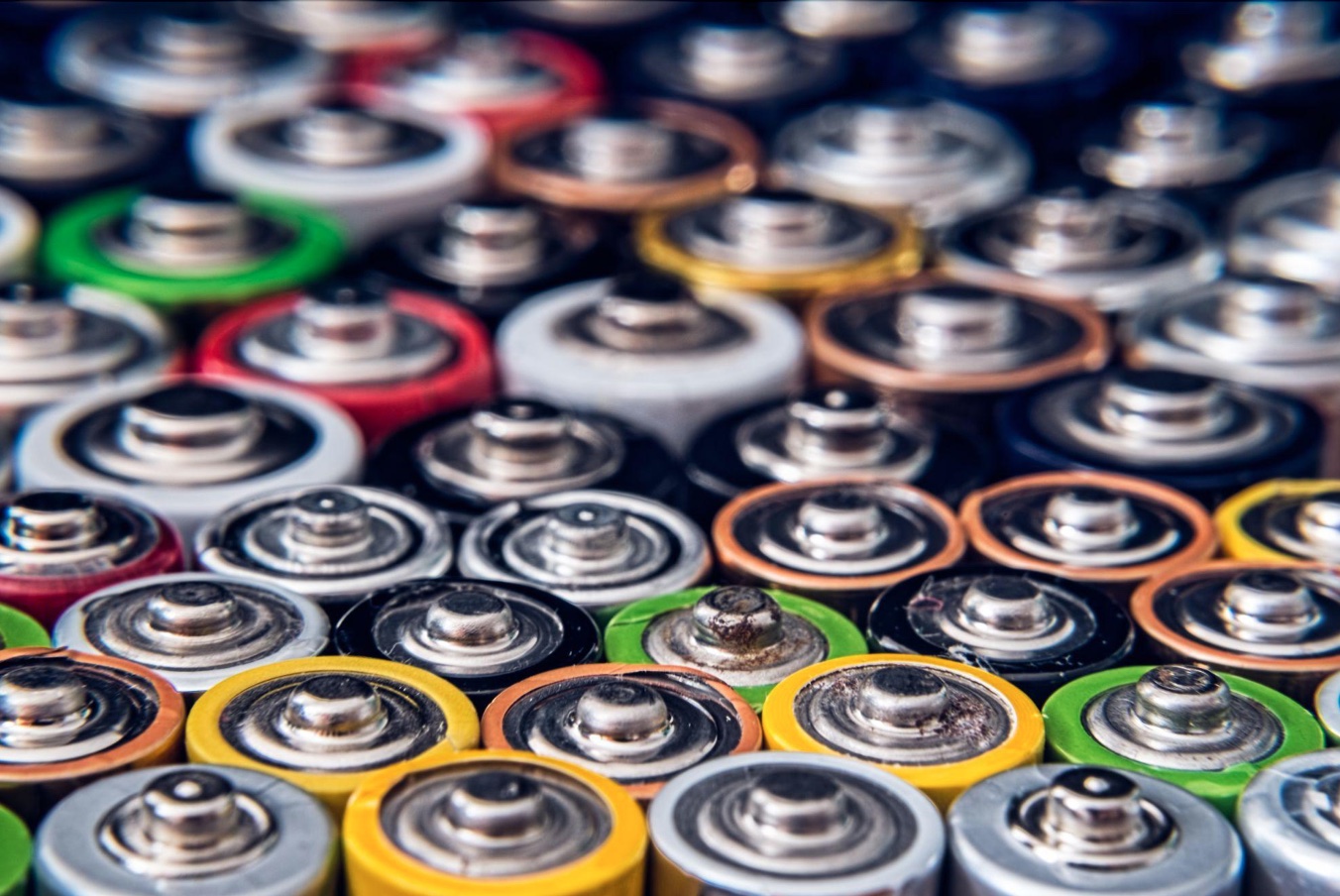Batteries, while an essential part of our everyday life, pose significant environmental challenges due to the harmful substances they contain and the waste they generate.
Disposing of batteries the right way is more important than ever. Millions of batteries are used yearly, from powering gadgets like remote controls to bringing our smartphones and iPads to life. It’s encouraging to know that around 90% of all lead-acid batteries are recycled, but this only scratches the surface of what needs to be done.
Responsible battery disposal isn’t just a legal obligation; it’s essential for protecting the environment and our health. Legal disposal of batteries is more than simply throwing them in the trash. It requires understanding the different types of batteries and how they should be handled post-use.
Many jurisdictions have specific laws and regulations concerning battery disposal, mandating proper recycling or disposal at authorized facilities. Ignoring these regulations can lead to fines or other penalties, but even more importantly, it can contribute to environmental harm.
Now, let’s explore everything you need to know about disposing of batteries efficiently.
What are the different types of batteries?
The importance of nickel in the battery industry has been growing, increasing demand for nickel mining. This trend underscores the interconnectedness of our daily lives with global economic activities, reminding us of the far-reaching impact of our consumption habits. Batteries come in many shapes and sizes, each with its unique composition and use, including:
Alkaline batteries: One of the most common types, the alkaline battery powers everyday items like toys, flashlights, and remote controls. Alkaline batteries are typically non-rechargeable, meaning they’re meant for one-time use.
Lithium-ion batteries are the powerhouse behind most of our rechargeable devices. Lithium-ion batteries are everywhere, prized for their high energy density and long lifespan, from laptops and smartphones to electric cars.
Nickel-based batteries, including Nickel Cadmium (NiCd) and Nickel-Metal Hydride (NiMH) batteries, are often found in power tools, cordless phones, and hybrid cars, among other devices. Thanks to its high energy density and stability, nickel allows these batteries to provide steady power output over a long period, making them ideal for applications that require sustained performance.
How do batteries impact the environment?
While batteries provide us with power in many ways, it’s also important to remember they significantly impact the environment.
The production process itself contributes to environmental degradation. The extraction of raw materials necessary for battery production, such as lithium, nickel, and cobalt, often involves energy-intensive mining processes. These processes can destroy habitats, soil erosion, and greenhouse gas emissions.
From there, improper disposal can lead to severe environmental pollution. For example, if sent to landfill, heavy metals and toxic chemicals can leach out over time, resulting in soil and water contamination. This threatens ecosystems and wildlife but poses the risk of pollutants ending in our food or drinking water.

By ensuring used batteries are appropriately handled, you can help prevent harmful pollutants from entering our environment.
How do you safely handle batteries to prevent accidents and leaks?
Safety is a primary concern for handling batteries. Storing batteries in a cool, dry place is critical, as exposure to high temperatures or direct sunlight can lead to leakage or even explosions. Batteries should also be kept out of reach of children and pets to prevent accidental ingestion or contact with corrosive materials.
If you experience a battery leak, remember the leaked material can be hazardous. The chemicals inside batteries are corrosive and can cause skin and eye irritation upon contact. Always use gloves and eye protection when handling a leaked battery. Use a mild acid like lemon juice or vinegar to clean up the leaked material. This can neutralize the alkaline chemicals and make it safe for disposal.
Recycling rechargeable batteries and its importance
Recycling rechargeable batteries is not just an environmentally conscious practice — it’s a necessity. These batteries contain valuable materials like lithium and nickel that can be recovered and reused, significantly reducing the demand for new raw material extraction. Recycling can recover up to 70% of lithium from spent batteries.
Recycling conserves resources and helps mitigate the environmental impact of mining and processing new materials. Recycling also helps keep harmful materials out of the environment, keeping spent batteries safe.
Unfortunately, the recycling rate for lithium-ion batteries remains less than 5%, highlighting an urgent need for increased awareness and improved accessibility of battery recycling programs.
Proper disposal of alkaline batteries and local regulations
Unlike their rechargeable counterparts, single-use alkaline batteries are often not recycled due to the high costs and energy required. However, this doesn’t mean you should discard them in your regular trash.
Many cities have regulations that mandate the proper disposal of alkaline batteries, and non-compliance can lead to legal repercussions. It’s essential you check with your local council for details. You might find dedicated battery recycling facilities or retailers offering battery drop-off points.
Environmentally friendly battery disposal practices to reduce waste
There are several ways you can contribute to more environmentally friendly battery disposal.
1. Reduce your overall battery usage. You can do this by using rechargeable batteries whenever possible. Unlike single-use batteries, rechargeable batteries can be used multiple times before they reach the end of their life, significantly reducing the amount of battery waste generated.
2. Fully drain the batteries before disposal. Partially used batteries thrown away still contain usable energy, contributing to waste. By using batteries to their full potential, we can make the most out of the resources used in their production.
3. Another essential practice is supporting and participating in battery recycling programs. These initiatives are crucial in diverting battery waste from landfills and recovering valuable materials for reuse.
4. Consider investing in products powered by alternative energy sources, such as solar or wind power. These sources don’t deplete over time and do not produce waste, making them a more sustainable choice in the long run.
Summing up
Batteries, while an essential part of our everyday life, pose significant environmental challenges due to the harmful substances they contain and the waste they generate. However, we can all play a part in mitigating these effects by understanding the different types of batteries, their environmental impacts, and how to dispose of them safely and legally.


Join the conversation!